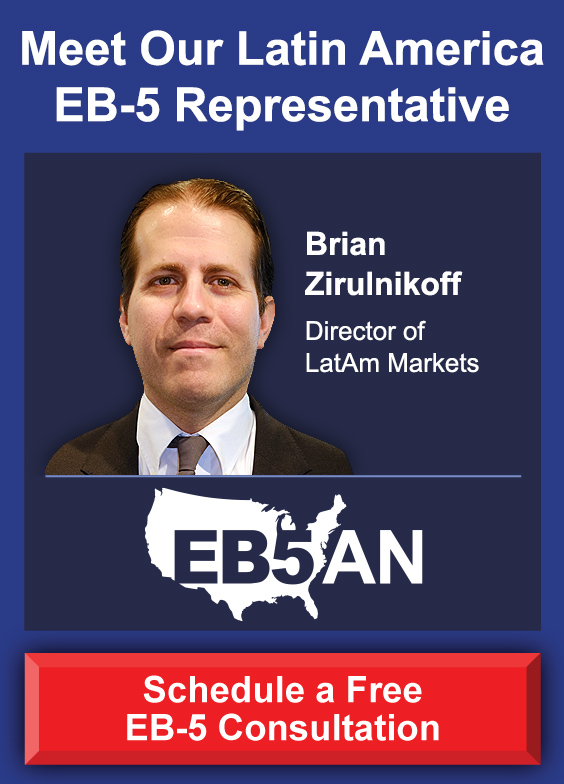
It may be possible for existing jobs from an investor’s previous investment in a business to be counted towards the EB-5 job creation requirement. An example of such a situation can be provided through the E2 visa — often referred to as the E2 Treaty Investor Visa.
The E2 visa allows investors to live and work within the U.S. One of the main appeals to E2 investment involves the required funds; there is no official minimum threshold. Therefore, investments as low as $100,000 can see approval as long as they are considered “substantial” by United States Citizenship and Immigration Services (USCIS). Furthermore, although E2 investments do require job creation, there is no specified employee number to reach. Investors must keep in mind, however, that their investment business cannot be considered marginal. A marginal enterprise does not have the capacity to generate more than enough income to provide a minimal living for the investor and their family.
Due to the flexibility of the E2 visa investment amount, it is often used as a stepping-stone to the EB-5 visa. One method of E2 to EB-5 transition involves investing more money into the E2 business to meet the EB-5 minimum investment amount. Exactly how much investment capital is necessary to meet EB-5 investment standards largely depends on the initial investment amount. However, while the E2 visa does not explicitly require investors to generate a certain number of jobs, all EB-5 investments must create at least 10 jobs.
Investors hoping to count previously generated employment as EB-5 job creation can run into problems. As such, it is critical for investors in this situation to consult with an experienced EB-5 immigration attorney. The primary concerns here typically include whether the job creation can be credited to the investor’s funds and if the capital meets source-of-funds regulations.







